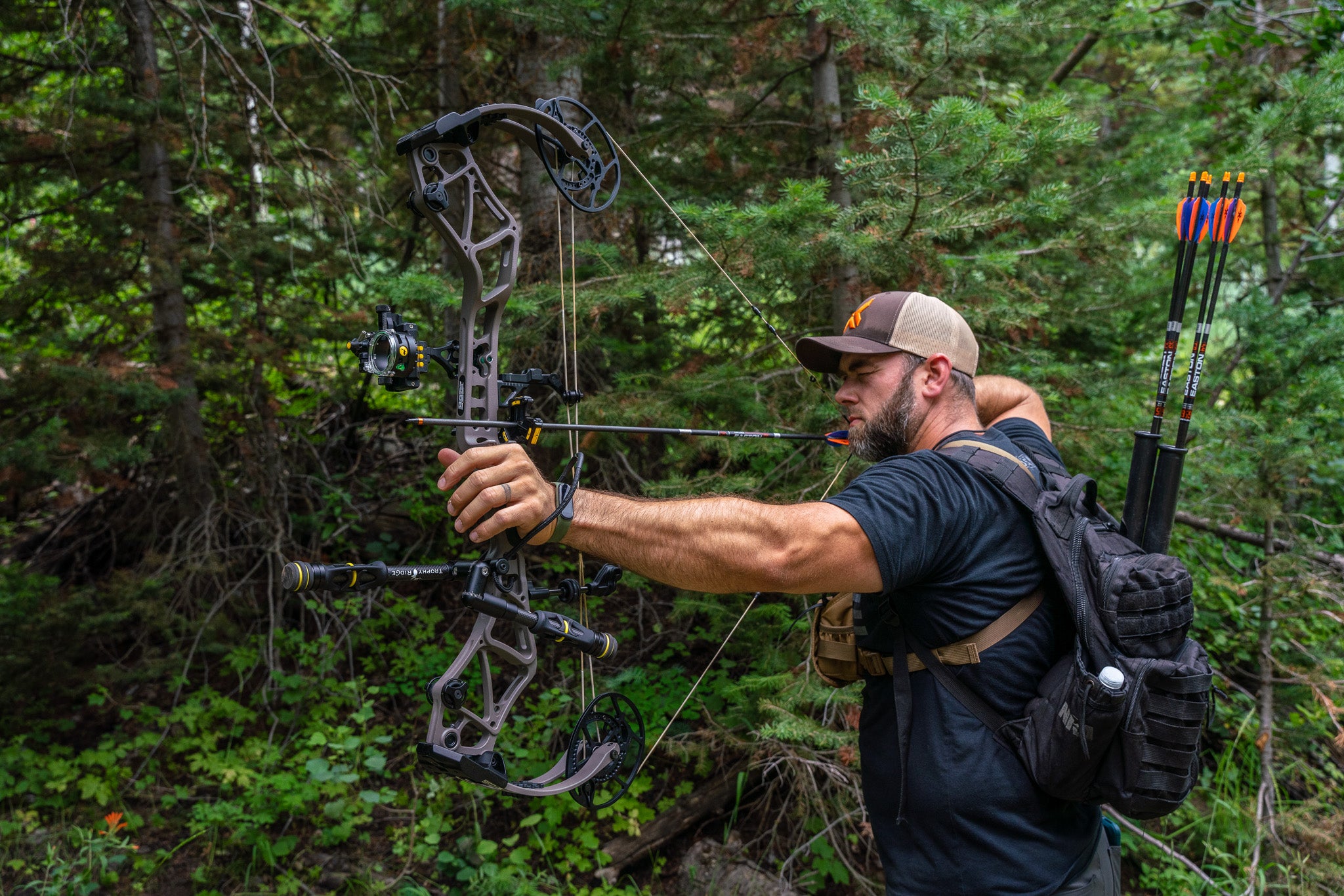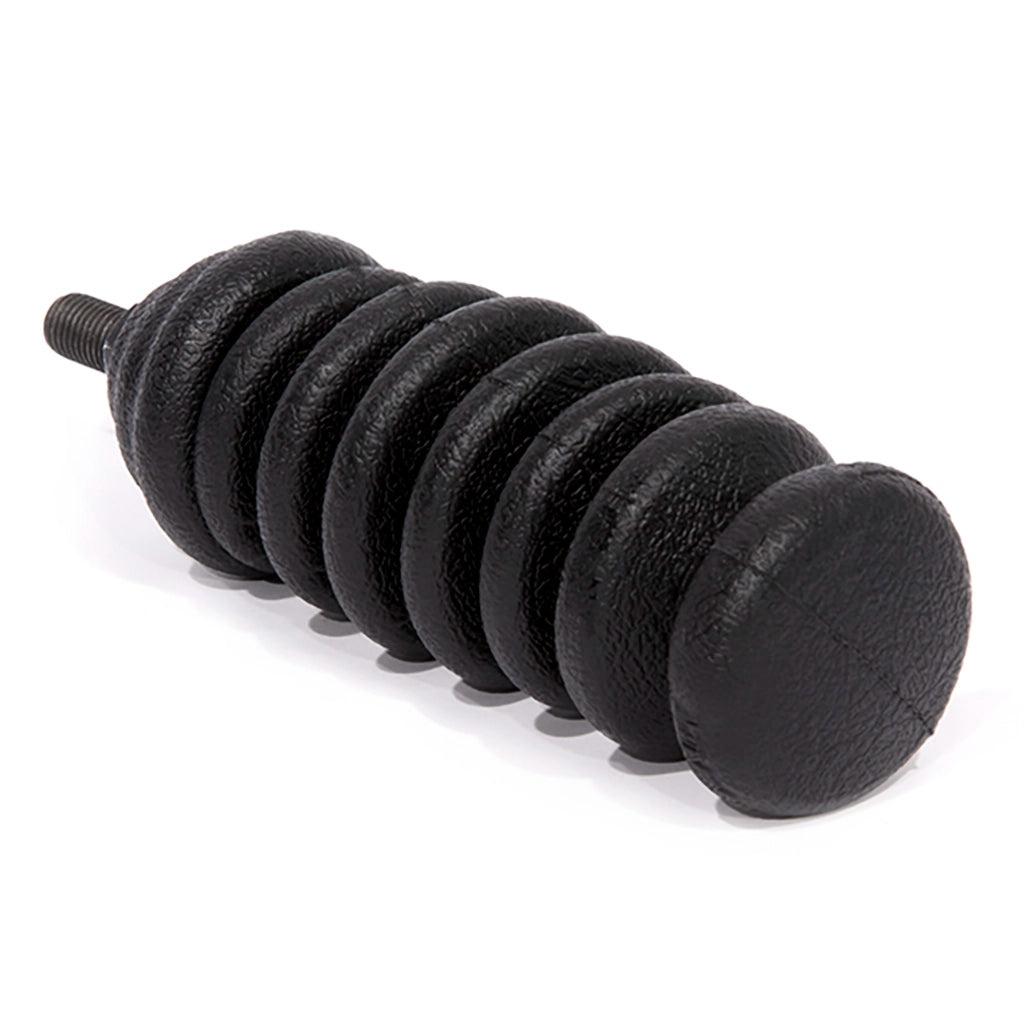Boost Your Precision: The Function of Archery Stabilizers
Master the Art of Archery: Comprehending the Importance of a Stabilizer in Your Configuration
Archery, an old sporting activity that requires emphasis, ability, and precision, has actually mesmerized individuals for centuries. Whether one is a seasoned archer or simply beginning their trip, the value of a stabilizer in their configuration can not be overemphasized. This crucial tool plays a considerable role in boosting precision and improving general performance. By recognizing the advantages of utilizing a stabilizer, considering the right aspects when selecting one, and appropriately setting up and changing it, archers can boost their skills to brand-new heights. Let us check out the details of grasping the art of archery and discover the very useful role that a stabilizer plays in accomplishing success on the variety.
The Role of a Stabilizer in Archery
A stabilizer plays an essential duty in archery by improving balance and reducing resonances throughout the shot. A stabilizer assists to neutralize these resonances by dissipating the energy and taking in (archery stabilizer).
One of the major benefits of a stabilizer is its capability to enhance equilibrium. When an archer holds a bow, it can be testing to preserve a consistent aim. The weight of the stabilizer aids to disperse the weight uniformly, minimizing the stress on the archer's arm and boosting security. This allows the archer to concentrate on their objective and carry out a more precise shot.
In addition to balance, a stabilizer also helps to reduce torque. The weight and style of a stabilizer combat this rotation, guaranteeing a more consistent and exact shot.
Benefits of Utilizing a Stabilizer
The use of a stabilizer in archery provides countless advantages that improve an archer's efficiency and total shooting experience. By soaking up and dampening these resonances, the stabilizer boosts the stability of the bow, allowing for even more consistent and precise shots.
Secondly, a stabilizer assists to stabilize the bow by including weight to the front end. This weight circulation counteracts the all-natural tendency of the acquiesce tip onward upon launch, lowering the amount of activity and improving the archer's capability to maintain purpose on target.

Finally, a stabilizer can additionally serve as a shock absorber, lowering the shock and recoil experienced upon release. This not only boosts the convenience of capturing yet also lessens the threat of injury or stress on the archer's body.
How a Stabilizer Boosts Accuracy
Enhancing the precision of an archer's shots, a stabilizer plays a crucial role in boosting general performance. archery stabilizer. By including stability to the bow, a stabilizer aids minimize the unwanted activity and vibration that can occur during a shot. This decrease in movement allows the archer to maintain a steady aim, causing even more precise and consistent shots

In addition, a stabilizer assists to wet vibrations that occur upon release. These vibrations can create the bow to shake, affecting the arrowhead's trajectory and accuracy. By absorbing and dissipating these vibrations, a stabilizer helps to preserve the bow's security and make sure a smooth and exact shot.
Moreover, a stabilizer can additionally aid in balancing the weight circulation my response of the bow (archery stabilizer). By adding weight to the front of the bow, a stabilizer aids to balance the weight of accessories, such as quivers or sights, which may be connected to the bow. This balanced weight distribution assists the archer preserve a consistent and regulated shooting setting, bring about boosted accuracy
Factors to Consider When Choosing a Stabilizer
When selecting a stabilizer for your bow, it is important to take into consideration several elements that will contribute to its total performance and viability for your individual capturing design. The initial aspect to think about is the length of the stabilizer.
One more element to think about is the weight of the stabilizer. The weight of the stabilizer can impact the equilibrium of your bow. A much heavier stabilizer can aid to boost and minimize resonances stability, leading to a steadier shot. A lighter stabilizer may be favored by shooters that focus on maneuverability and rate.
Additionally, it is very important to consider the layout and construction of the stabilizer. Some stabilizers have adjustable functions, such as adjustable size or adjustable weights, which enable you to tailor the stabilizer to your details needs. The materials utilized in the building of the stabilizer can additionally affect its efficiency. Carbon fiber stabilizers are lightweight and resilient, while light weight aluminum stabilizers offer a balance between weight and rigidity.
Different stabilizers might function much better for certain shooting styles, such as target shooting or hunting. It is a good idea to seek advice from with skilled archers or professionals to identify which stabilizer will certainly finest match your individual needs.
Tips for Effectively Setting Up and Adjusting a Stabilizer
Correct installation and adjustment of a stabilizer is crucial for enhancing its performance and guaranteeing optimum capturing accuracy. When installing a stabilizer, it is very important to follow a couple of crucial steps to ensure its efficiency. First, establish the proper length of the stabilizer based upon your capturing style and choices. Longer stabilizers give more security but can be much less maneuverable, while much shorter stabilizers use increased ability to move however might compromise security. Affix the stabilizer to the bow using the given mounting equipment when you have picked the proper size. that site Ensure that the stabilizer is securely attached and straightened with the bow's riser.
After installing the stabilizer, it is necessary to make modifications to accomplish the preferred equilibrium and shot uniformity. Begin by readjusting the weight distribution along the stabilizer. Furthermore, consider adjusting the angle of the stabilizer to make improvements the shot.

Final Thought
Finally, a stabilizer plays a crucial duty in archery by boosting accuracy and minimizing bow torque. By adding weight to the bow, it assists to stabilize the shot and balance. When selecting a stabilizer, elements such as weight, size, and material ought to be thought about to satisfy specific demands. Proper installment and modification of the stabilizer are likewise crucial for optimum performance. Grasping the use of a stabilizer can considerably improve the archer's skill and precision.
Additionally, a stabilizer can likewise help in balancing the weight distribution of the bow. By including weight to the front of the bow, a stabilizer helps to balance the weight of devices, such as views or quivers, which may be affixed to the bow. Some stabilizers have adjustable features, such as flexible length or flexible weights, which allow you to personalize the stabilizer to your certain requirements. Carbon fiber stabilizers are lightweight and sturdy, while light weight aluminum stabilizers supply an equilibrium in between weight and rigidity.
Longer stabilizers offer more stability however can be much less maneuverable, while much shorter stabilizers offer raised ability to move but may compromise stability.